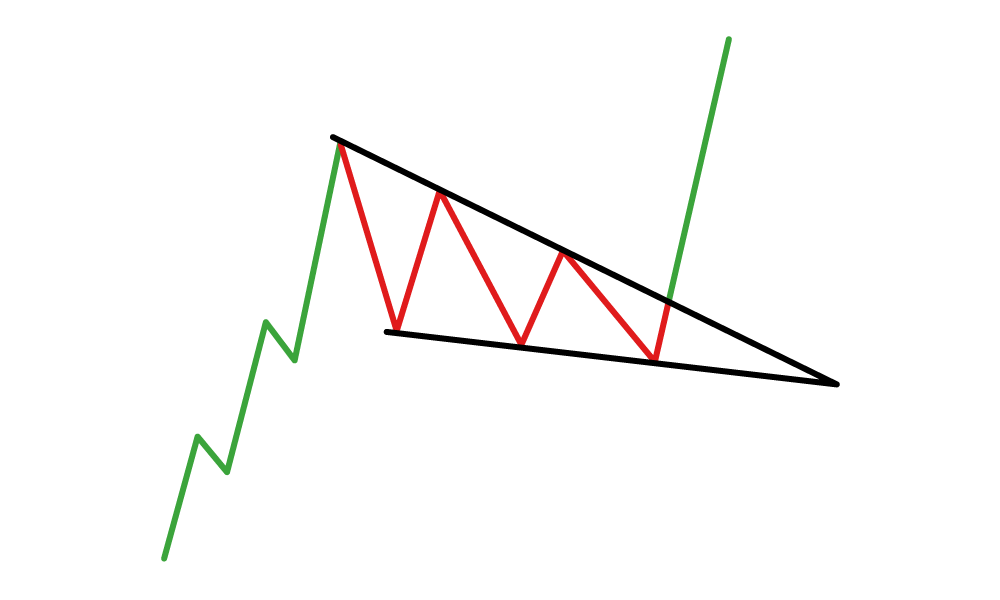

Both cases have a different set of observation dynamics which must be put into consideration. The rising wedge can be both a bearish reversal and bearish continuation pattern which leads to some confusion in the identification of the pattern. As a reversal signal, it forms at the bottom of a downtrend, meaning that an uptrend would be next. As a continuation signal, it forms during an uptrend, meaning that the upward price action would resume. Just like the rising wedge, it can either be a continuation or a reversal signal.

It declines downwards between two converging trend lines to get to an apex point which is respected as a bullish pattern.

There are basically two kinds of wedge patterns – the ascending or rising and the descending or falling wedge patterns.Ī falling wedge is different from the rising wedge because of the slant of the triangle. It depends on its position on the price chart. The rising wedge pattern can both be a reversal or continuation pattern. This shows that the higher lows form faster than higher highs, leading to a wedge-like formation – thus the name of this chart pattern. The pattern forms when price consolidates between upward sloping support and resistance lines, where the slop of the line of the support slope is steeper than that of the resistance slope. This bearish pattern starts wide at the bottom and contracts as prices move upwards and trading range gets smaller. Traders like the pattern as a result of its simplicity in identification and application. They commonly appear in financial markets. It offers clues to traders on the direction and distance of the next price move. Rising wedge is a popular reversal pattern that can easily be predicted in nature. As the price moves toward the apex, it will inevitably breach the upper trendline for a breakout and uptrend on rising prices or breach the lower trendline forming a breakdown and downtrend with falling prices.5 Few little known advantages of trading wedge patterns What is a Rising Wedge?


 0 kommentar(er)
0 kommentar(er)
